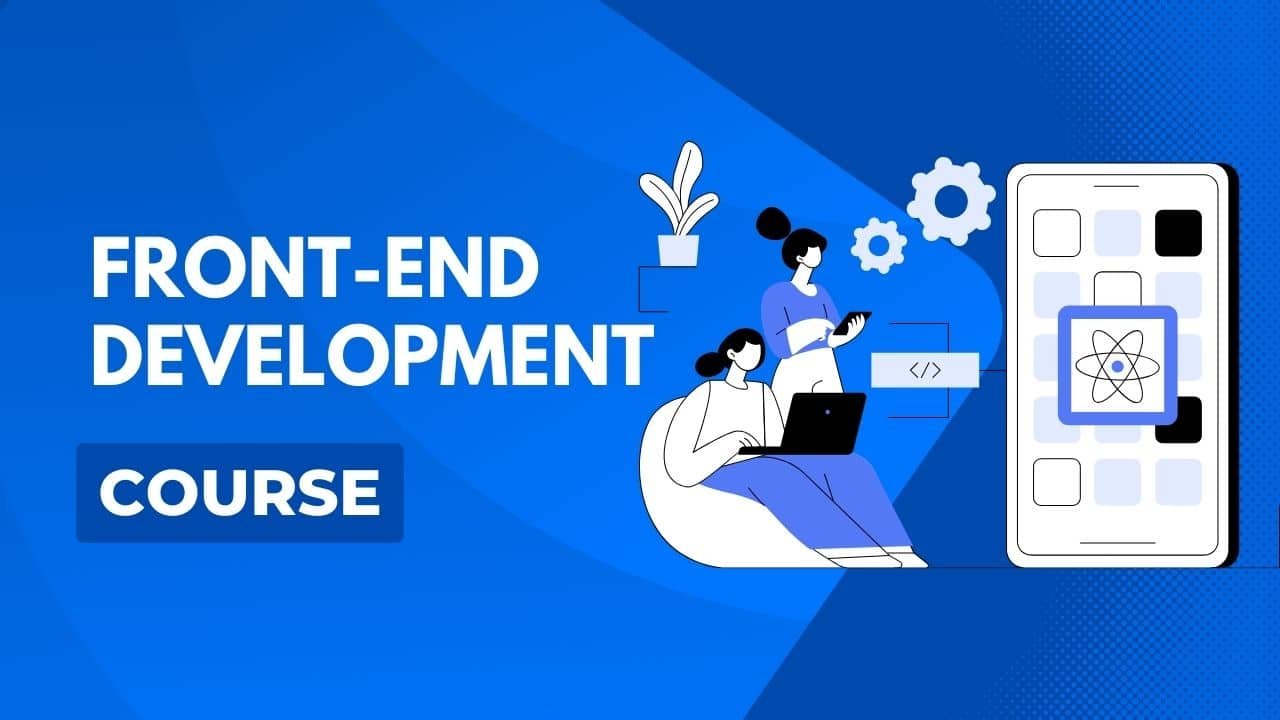
Front-End Development
Description
The Front-End Development course is designed to teach students how to build interactive, visually appealing, and user-friendly websites and web applications. It focuses on core technologies such as HTML, CSS, and JavaScript, along with popular frameworks and libraries like React, Vue, or Angular. Learners will explore how to create responsive layouts, manage user interactions, and ensure cross-browser compatibility, all while following best practices in web design and accessibility.
Ideal for beginners and those looking to specialize in web development, this course combines theory with hands-on projects to help students gain real-world experience. By the end of the course, learners will have a portfolio of responsive websites and web applications, showcasing their skills in front-end technologies. Graduates will be well-prepared for roles such as Front-End Developer, UI Developer, or Web Designer in the tech industry.
-
LevelAll Levels
-
Last Updated04/07/2025
-
CertificateCertificate of completion
Demo Lecture
Course Curriculum
COURSE INSTRUCTION
-
Read Before You Start
Lets Get Started
-
Introduction to Web Development
-
1.1 What is HTML, Understanding use cases of standard tags
-
1.2 Inline vs Block, p, br, span, non-breaking-space
-
1.3 ul, ol, nesting of list
-
1.4 Anchor Tag
-
1.5 Images, Lazy Loading, Layout Shifting, Videos
-
1.6 Tables, Making tables meaningful
-
1.7 Forms & Inputs
-
Module 2 – Building Layouts with CSS
-
2.1 What is CSS, Anatomy of CSS ruleset
-
2.2 CSS Selectors, Combinators
-
2.3 CSS Units
-
2.4 CSS Box Models – Standard and Alternative
-
2.5 Padding, Border, Border Radius, Margin
-
2.6 Position – Absolute, Relative, Fixed, Sticky
-
2.7 Display – block, inline, inline-block, none
-
2.8 Flexbox
-
2.9 Grids
-
Module 3 – Introduction to JavaScript
-
3.1 Ways to Execute JavaScript
-
3.2 Var, Let, Const
-
3.3 Data Types
-
3.4 Operators
-
3.5 Loops
-
3.6 Functions- Regular VS Arrow
-
3.7 Objects
-
3.8 What is DOM, Manipulating DOM using JS
-
Module 4 – React
-
4.1
-
4.2
-
4.3
-
4.4
-
4.5
-
4.6
-
4.7
-
4.8
-
4.9
-
4.10 (Part A)
-
4.10 (Part B)
-
4.11 (Part A)
-
4.11 (Part B)
-
4.12
-
4.13
-
4.14
-
4.15 (Part A)
-
4.15 (Part B)
-
4.15 (Part C)
-
4.16 (Part A)
-
4.16 (Part B)
-
4.16 (Part C)
PROJECT
-
Project
-
1. Setting up a react project, firebase account and integrating firebase to your react app
-
2. Setting up a Redux store
-
3. Developing Auth page, Login, Signup handlers.
-
4. Setting up React Router, Home page
-
5. Setting up Prompt, Results page. Fetching Results for the quiz
-
6. Developing quiz page
-
7. Adding Auth Check, Debugging the app
MOCK INTERVIEW QNA
-
Front-End Mock Interview Questions and Answers
PROJECT SUBMISSION (OPTIONAL)
-
Project Submission
Certificate you will get
Add this certificate to your resume to demonstrate your skills & increase your chances of getting noticed.

-
LevelAll Levels
-
Last Updated04/07/2025
-
CertificateCertificate of completion








